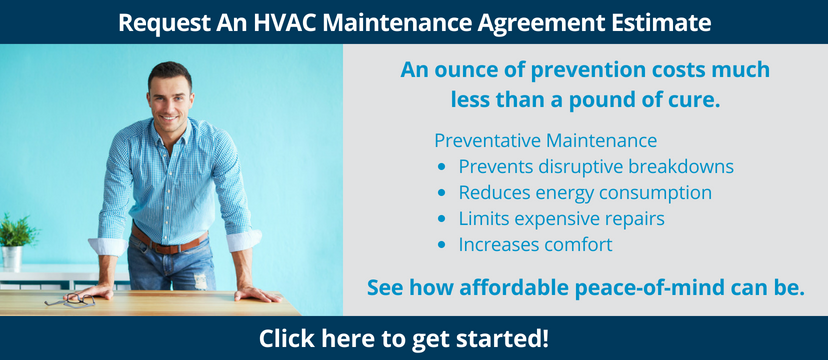When it’s summer in the city, an indoor pool might just be the ultimate luxury. Rain or shine, it’s a great place for beating the heat or getting some exercise. But along with the pleasure and convenience comes a unique maintenance issue that outdoor pool owners, managers, and service technicians don’t have to deal with: indoor pool humidity problems.
What are some consequences of indoor pool humidity?
An indoor pool is a delicate ecosystem — one that requires humidity control in addition to the usual maintenance of pool chemistry, cleaning, and filtration. When the indoor pool humidity level gets out of control, it can result in:
- An uncomfortable environment for users
- Health problems related to mold and air quality issues
- Deterioration of the surrounding building
For example, high humidity levels increase the dampness of the environment and the risk of airborne mold particles, as well as mold on surfaces. Dampness and mold have been linked to a wide range of health issues, from headaches and skin irritation, to allergic reactions, asthma, and other serious respiratory problems.
Proper dehumidification helps to prevent indoor pool humidity problems — protecting the structure while creating a more pleasant and safe environment for all users.
Learn more:
Gym Ventilation: Poor Indoor Air Ventilation Drives Away Customers
What factors can contribute to indoor pool humidity problems?
In simple terms, humidity is a mixture of air and water vapor. When the humid air is cooled down to the dew point, the water vapor condenses out. In an enclosed environment, a number of factors can contribute to indoor pool humidity problems:
- Improper building construction or materials: Harmful condensation can accumulate inside the walls if, for example, there are missing or damaged vapor barriers.
- Inadequate or improperly functioning ventilation systems: Air ducts and vents must deliver conditioned air onto any exterior windows to keep the temperature above the dew point and avoid condensation. The system must also circulate cooled air down into the “breathing zone” for good air quality.
- Lack of a dehumidification system: Rather than depending on outdoor air and exhaust fans, use an indoor pool dehumidifier for indoor swimming pool humidity control. Today’s pool dehumidifiers are complete HVAC systems that can be set to maintain a healthy relative humidity, as well as to cool or heat the air to a proper temperature.
What is the right temperature and humidity balance?
To avoid indoor pool humidity problems, a relative humidity of 50% to 60% is recommended. The general rule for pool dehumidification systems is to maintain the air temperature at 2 degrees higher than the water temperature. So, for example, you could strive for the air in the space to be 84°F and the water temperature to be 82°F, with a relative humidity in the 50-60% range.
It may not sound like much, but maintaining this 2-degree difference is vitally important. Lowering the air temperature by just 2 degrees would increase the humidity load by 35%, which could overwhelm the capacity of the dehumidifier and cause indoor pool humidity problems.
How can you tell if your indoor pool space is too humid?
Monitoring for dampness and moisture in the pool area is vital to preventing mold and other issues related to excessive humidity. There are some telltale signs to help you identify indoor pool humidity problems in the making, including:
- Condensation on exterior walls, ceilings, windows, and skylights
- An overflowing condensate drain pan, indicating a drain line blockage
- Premature corrosion of door hardware or room surfaces
And of course, if there is visible mold on any surface, you need to take action pronto.
Air pressure is another factor in indoor pool humidity problems. As a rule, the ventilation system should pump out about 10% percent more air volume than it pulls in. Otherwise, high air pressure can force moist indoor air into improperly sealed spaces within walls and ceilings, where it can cause mold to form or the building to deteriorate.
You can check the air pressure in a simple, low-tech way: pull a door open slightly to feel if air is being pulled in (which is a good thing). If you feel air being pushed out, the indoor pressure is too high.
You can also listen for signs of dehumidifier issues that could lead to indoor pool humidity problems. For example, a dehumidifier compressor usually runs for at least 10 minutes per cycle. So, if you hear the compressor cycling off and on more frequently, you may need to call an HVAC service technician. The same is true if you hear loud vibrations, banging, squealing, or other unusual noises.
What can you do about high humidity levels?
An ordinary pool service pro, no matter how good, can’t be expected to maintain a pool dehumidifier and manage indoor pool humidity problems. Even if a dehumidifier has an LED display that alerts you to operational issues or system breakdowns, either of these problems require repair by a trained, EPA-certified HVAC technician.
As highly specialized systems, pool dehumidifiers also require routine service by an HVAC technician, to keep them in good working order and prevent indoor pool humidity problems. Regular maintenance of any HVAC system helps to maintain proper humidity levels and prevent the growth of mold. A properly maintained ventilation system also helps to remove volatile pool chemicals from the air.
A six-month or annual dehumidifier check-up by an HVAC expert can help to detect potential indoor pool humidity problems and prevent them from growing into major issues. As a bonus, regular maintenance also helps to keep a pool dehumidifier — or any HVAC system — in good running shape, to reduce the risk of air quality issues, increase energy efficiency, and avoid the and inconvenience cost of unexpected repairs.


